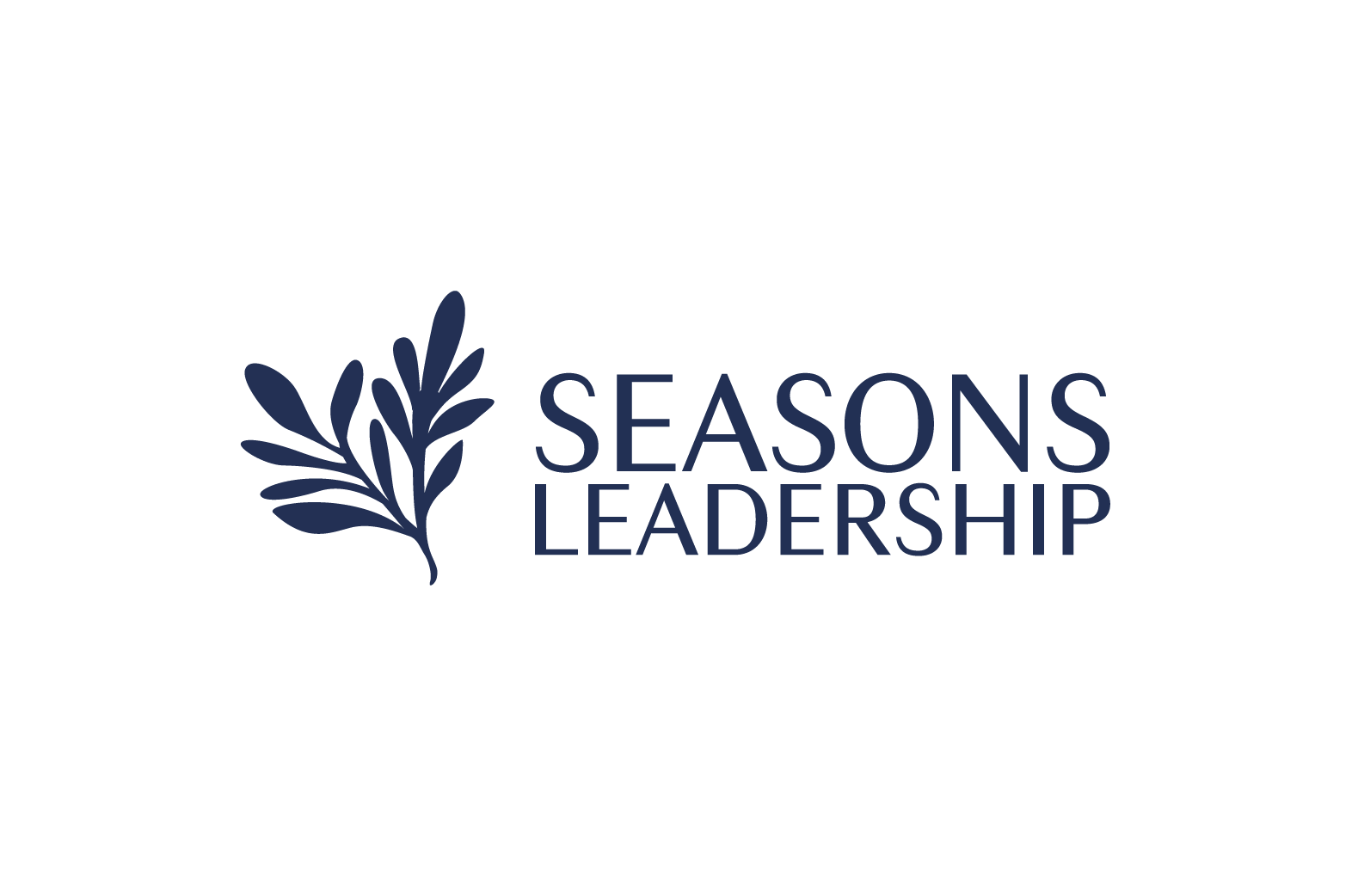At Seasons Leadership we strive to provide actionable advice that you can implement to improve your leadership – and life – for immediate results. A key leadership skill in business that we advise is bottom-lining or getting to the point quickly. Although we might think that the story behind the point is important or interesting, most often it is neither of those. The pace of business requires that we make decisions, provide direction, or offer opinions, quickly and succinctly.
How to begin bottom-lining:
Effective bottom-lining can be harder than it sounds. Here are some tips to get you started.
· Know what you want to say: This might seem obvious, but often we start talking before our thoughts are fully formed making it difficult for people to follow. Having a clear message ready helps propel the conversation productively. There is less opportunity for misunderstandings or in correct assumptions when we take the time to formulate our message.
· Be aware of the context: You must understand your audience. If you have a relationship built on trust with someone your communication can be very short and to the point. However, you should remember to communicate key elements to enable the person to comfortably take the next step. If you don’t have an established relationship yet with the person, you will have to assess how much information is needed to get buy-in and action – but you don’t need to get it perfect all at once. Start with bottom-lining and then ask if there are any questions.
· Talk less, listen more: Watch other people around you communicate, and you will start to notice effective and ineffective bottom-liners. This will help you be more aware of your own communication behaviors and provide you with ideas on ways you can be more effective.
· W.A.I.T.: W.A.I.T. is an acronym that I learned in coaching school that stands for “Why Am I Talking?” This reminds me that before I blurt out my thoughts, I need to wait a moment and ask myself this question. This way I can be more purposeful about my intention, summarize my point (if it needs to be said at all) and speak succinctly.
· Adjust: Observe your audience’s reaction while you are talking. If their attention is drifting, or they are getting antsy, you are overwhelming your listener with too much information.
Here are some places to consider using bottom-lining:
· Face-to-face meetings
Although we are excited to finally see each other in person again, take a moment before jumping into a long explanation to consider the situation. Is there really time for a long conversation? There is no right answer here, just be aware that in your excitement to be in person you might go overboard.
· Emails
Let’s face it. Nobody reads long emails - so don’t write long ones. Provide the key message and action with a due date required in the subject. Add a few bullet points in the body of the email and close with a way to get back to you for more information, if needed.
· Presentations
Debbie shared a great example of this on our exclusive mentoring podcast episode on Seasons Leadership Patreon. She had a multiple page presentation for the leadership team on a project where she was asking for a decision. The meeting was running behind schedule, and she realized it wasn’t the best use of time to review all the charts, so she bottom-lined the presentation. She asked to go to the last slide where the decision required was described and she summarized her recommendation. The leaders agreed, thanked her for being succinct and the meeting got back on track. She then found other opportunities to share the good work of her team that had been highlighted in the skipped charts.
· Asking for help
Sometimes we need to ask people for help or support. This is an area where people often assume they should give the whole background to explain why they are asking for help. Stop assuming this. Instead, ask for the help with just enough information to provide context and move on. If the person needs more information to provide the help or support, they will ask.
· Meetings
This is the most obvious environment in which to use bottom-lining because we all seem to have too many meetings and they are often time constrained. Pay attention to how much you are speaking in a meeting. Ask yourself, “Do I need to speak up at this point?” If the answer is “yes,” then use bottom-lining to make your input. Susan Cain said in her Nov. 2, 2022, Newsletter that, “According to the Kellogg School of Management, in a typical large meeting, only three people do 70percent of the talking. This means that a LOT of good ideas never see the light of day.” If you are one of the people talking 70 percent, consider bottom-lining more and providing space for other people, who are less inclined to participate, to talk. And if you are a person who does not typically talk much in meetings, consider being prepared with your contributions in a succinct bottom-line fashion.
Bottom-lining successfully takes practice
Bottom-lining is a skill and like any skill, it takes practice. The more you do it, the better you will get at it. I must continually work on this because I love a good background story and often find it hard to resist telling it. But it often doesn’t add to my overall message. People are polite and want to be supportive, so they may not tell us to get to the point –even if they are thinking it. As leaders we want to be thought of as trusted, competent professionals and bottom-lining helps portrays this image.
Finally, as you practice your new skill, ask your colleagues to support you by giving you feedback when they see you in action. My guess is that your colleagues will support you, and they will ask for your support in improving their own.
Give bottom-lining a try and let us know how getting to the point improves your leadership – and life!
More Free Leadership insights are available on our blog the Almanac:
Recognizing ‘Monkey Business’ Helps Defining Work Boundaries
Prioritizing Authenticity
And get even more insight and support by joining our Seasons Leadership Patreon:
Changing Difficult Relationships













